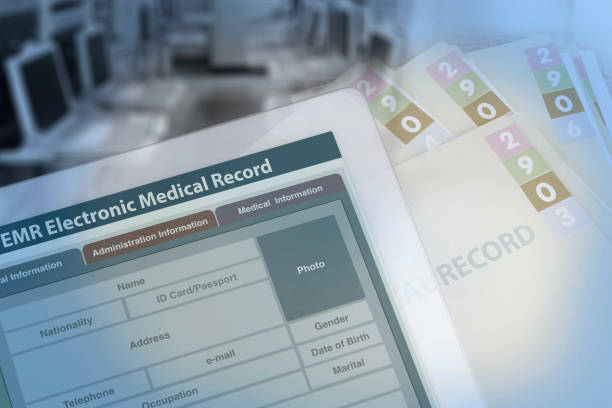Implications and Challenges of the Information-Blocking Provision in the 21st Century Cures Act
The Cures Act revolutionizes the speed and ease patients have to access their electronic medical records, ushering in both beneficial and adverse consequences. This comprehensive four-part series delves into the intricate implications of this legislation for legal professionals.
Comperio Legal Services provides skilled attorneys the electronic medical record analysis and expert witnesses they need to win. To learn more about how this legislation impacts your case, schedule your FREE, no-obligation case consultation today.
What is the Cures Act?
The 21st Century Cures Act, signed into law by President Obama in December 2016, is part of legislation that looks to modernize the U.S. healthcare system as well as how patients and healthcare providers access medical information. This act looks to help foster innovation, advance clinical research, and the improvement of patient access to treatments (FDA, 2020). The act is intended to speed up regulatory processes, reduce bureaucratic obstacles, and promote the use and access to health information technology. The act does this to help accelerate the pace of scientific discoveries and the delivery of safe and effective medical products to patients in need. Through its provisions, the act encourages the following:
- Collaboration among health professional stakeholders (i.e., researchers, healthcare providers, industry experts, and patient
advocacy groups). - Fosters a dynamic system where advancements in science and technology can translate into physical benefits for patients and the
entire society. - Sets the foundation for more patient-centered healthcare systems.
Benefits to the Cures Act
At the base of the 21st Century Cures Act lies the “information-blocking provision,” which outlines the need for immediate access to personal electronic health information (EHI) for patients, providers, and payers. By removing the obstacles of health information exchange, the provision looks to promote interactivity of health IT systems and help facilitate the movement of data for research and improved patient care (Mehan, 2021). The main objective of this provision is to make better connectivity of health IT systems, which helps ensure that patients have immediate access to their electronic medical records (EMRs) from healthcare organizations and providers, therefore allowing patients to share that information with entities they choose to authorize (Mehan, 2021).
The act promotes that collaboration in hopes of shortening the time that it currently takes to gain those records as a patient, and therefore quickening the process which other professionals, such as lawyers, wait through to receive these important documents from clients. This hastening also encourages collaboration between researchers, as the information can be shared and advance different studies.
To reach these goals, the provision outlines very specific requirements for the different actors within the healthcare system. These “actors” include healthcare providers, healthcare information exchanges (HIEs), and health IT developers (Mehan, 2021). Under the blocking provision, these people and systems are expected to stay away from any actions or activities that could impede the access, exchange, or use of EHI. The information-blocking provision blocks any intervention that could create a delay, limit any time of or set access, or marks a decline in the quality of patient health information (Mehan, 2021). These interventions manifest in a broad variety of situations, such as doctors wanting to look over radiology reports before talking to the patient, a delay in system input of certain information, or even the waiting time of a patient trying to get access to certain records to share with their attorney, friends, or family.
However, the provision recognizes situations where the blocking of patient access to records may be justifiable and necessary. To allow adaption to these situations, there is an outlined eight exceptions to the information-blocking provision (Mehan, 2021). These eight exceptions allow for flexibility and the ability to block access to EHI in situations where it is necessary to: prevent harm, protect privacy, ensure security, address infeasibility, preserve health IT performance, comply with content and manner requirements, recover reasonable costs, or adhere to licensing requirements.
While the provision represents a step in the right direction to promote data interoperability and empower patients, it also introduces some unfortunate challenges related to the immediate patient access it provides.
Potential Challenges
One of the main challenges is the lack of public awareness and understanding of the information that is within EHRs. Medical terminology, test results, and complex diagnoses can overwhelm patients without prior medical backgrounds or education on the topics within their files (Lee, 2016). This can cause patients to feel confusion, anger, or even a sense of anxiety.
By reading a healthcare professional’s assessment without that professional present, patients run the risk of misunderstanding their options, potentially causing unnecessary underconfidence – or overconfidence – in their future well-being. Using the example of radiology reports, granting immediate access to radiology reports or other findings may potentially expose the patient to an abnormal result or diagnostic reports written to a medical audience without any guidance from a healthcare professional (Lee, 2016). For example, a patient could be in for a routine chest X-ray study but receive their imaging results back and inaccurately interpret from those images that they have issues with their lungs or heart, therefore causing the patient unnecessary anxiety before the doctor can properly explain what their chart means. This unwarranted anxiety from patients can cause distress for them until they are able to discuss it with their healthcare professional.
How can it apply to your next case?
There are many reasons as to why an attorney’s clients may need access to certain medical records for their cases, whether it’s to prove something in trial or establish their medical history for a defense claim. The information-blocking provision looks to make this lengthy process more seamless and efficient for the patient and attorney. With this provision, the patient can directly supply their lawyer with any medical information they may need, removing the need for a waiting period and perhaps saving the patient from monetary charges.
What Next?
In conclusion, the information-blocking provision of the 21st Century Cures Act is a significant milestone that advances data interoperability and patient-centered care. By removing the barriers that blocked the exchange of health information, the provision enhances care coordination, facilitates innovation, and empower patients to actively participate in their healthcare decisions with or without their provider. As discussed, there are exceptions to this provision that protect patients or security under certain situations. In upcoming articles, there will be further exploration and in-depth analysis of the provision’s implications for healthcare professionals, challenges surrounding immediate access, and the provision’s exceptions.
Do you have an expert understanding of the risk posed by the electronic medical records in your case? Discover the truth. Schedule your FREE, no-obligation case consultation today.




